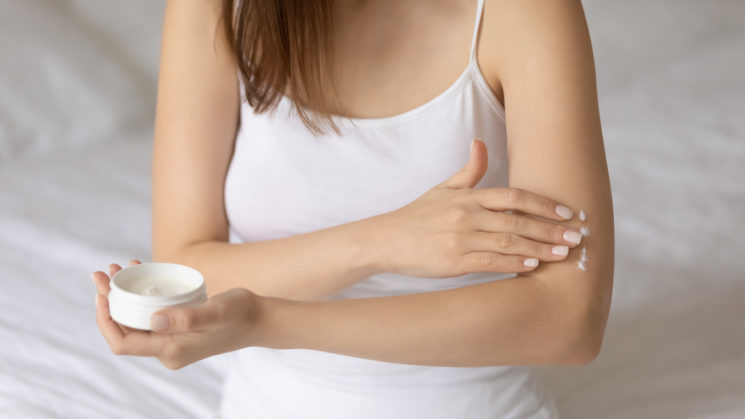Protecting yourself from the sun
To avoid the adverse effects of sun exposure, both adults and children should stay in the shade around midday when the sun is at its strongest, cover up with clothes, wear a wide brimmed hat and sunglasses, and apply a high factor sun cream to any exposed skin. Sun cream should be reapplied every two to three hours, and always after swimming.
If you are very strict about sun protection however there is a risk of vitamin D deficiency, especially for people who do not eat much oily fish (a good source of vitamin D) or those of a darker skin type who naturally need more sun exposure to make vitamin D. In general, for people of a darker skin type, being vitamin D deficient is more of a risk than skin cancer, so sun protection is less important for this group and vitamin D supplements may be useful.
Supplements may also be beneficial for pregnant or breastfeeding women and young children whose requirements for vitamin D are naturally high.



